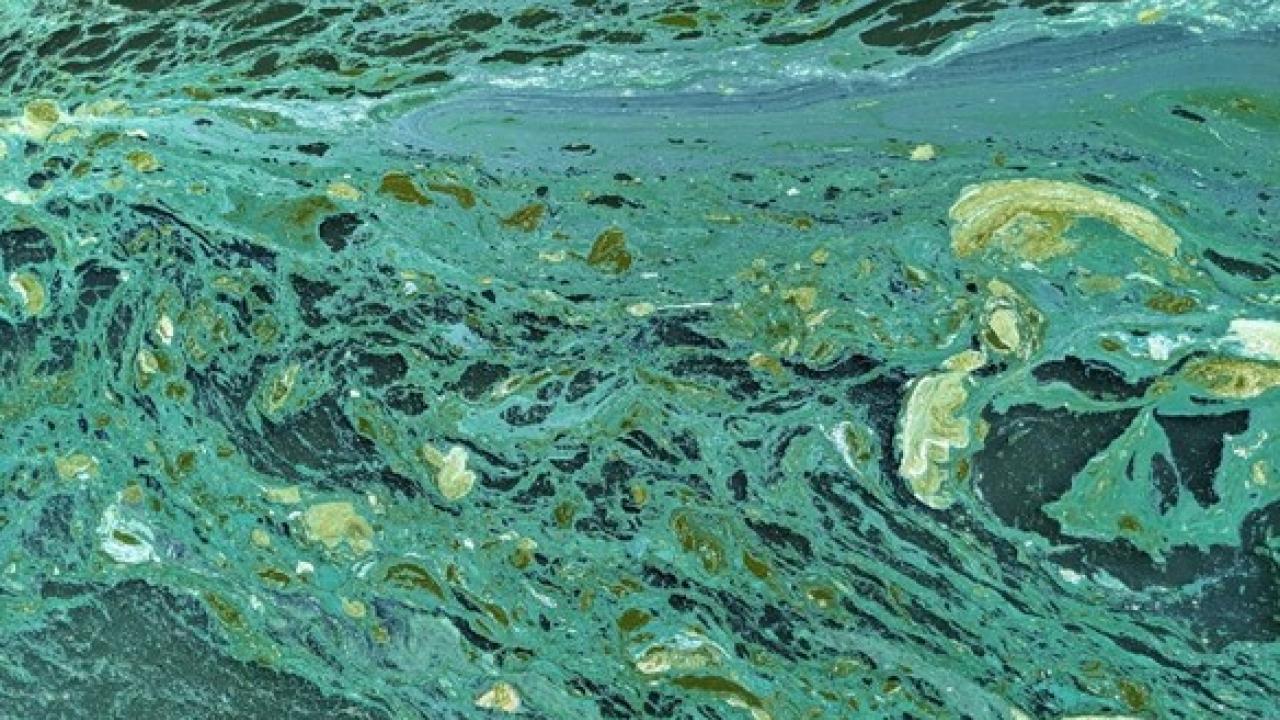
Moving towards Clear Lake rehabilitation: Hypolimnetic Oxygenation System (HOS)
Demostration of a widely used restoration strategy in the Oaks Arm
Clear Lake, located in Lake County, CA, has long suffered from environmental issues associated with mercury contamination, and harmful algal blooms (HABs). These conditions threaten aquatic life and the community’s cultural, recreational, and economic activities.
Tahoe Environmental Research Center (TERC) researchers have shown that low-oxygen (hypoxic) conditions in deeper waters are significant contributors to the development of HABs and potentially mercury bioaccumulation. Hypoxic conditions are created during periods of stratification (warm water on the lake surface cuts off oxygen re-supply to the lake's bottom).
TERC recommended a demonstration of a restoration strategy called Hypolimnetic Oxygenation System (HOS) in the Oaks Arm of Clear Lake, whose primary goal is treating the water at the source, to ultimately improve key water uses such as drinking water supply, economic activities (tourism, fishing, swimming), cultural activities of Native American Tribes, and habitat of a broad variety of wildlife. HOS entails the direct injection of pure oxygen from an external oxygen supply on land into the lake’s hypolimnion (the lower stratum of the lake) via a set of diffusers installed at the bottom of the lake. This technology has been widely used across the country and in California.
TERC is working on design, permitting, outreach, and monitoring to install and operate a prototype HOS in one basin of the lake. We selected the Oaks Arm for this demonstration project because it is the smallest arm of the lake, frequently impacted by HABs and affected by mercury contamination. This prototype system will allow the in-situ evaluation of the amount of oxygen required to treat the Oaks Arm. We will use this information for upscaling the technology to the full lake. If it is successful, it will present a path forward for restoring Clear Lake, as has already occurred in other lakes worldwide suffering from similar conditions.
